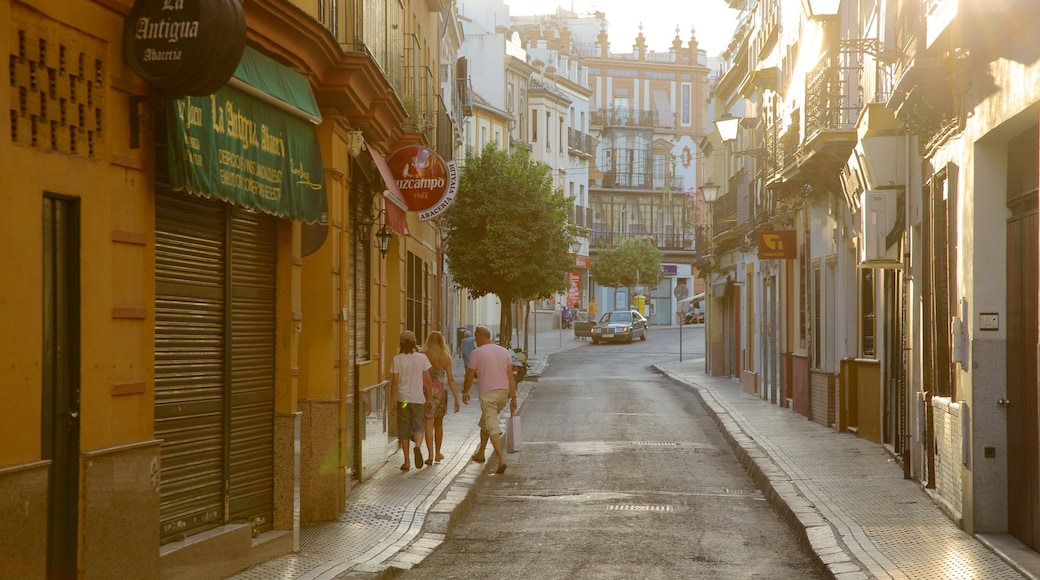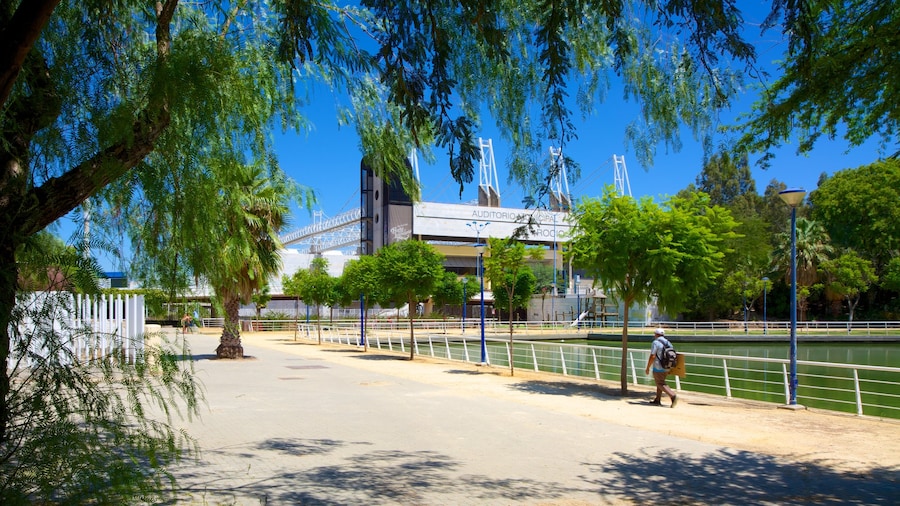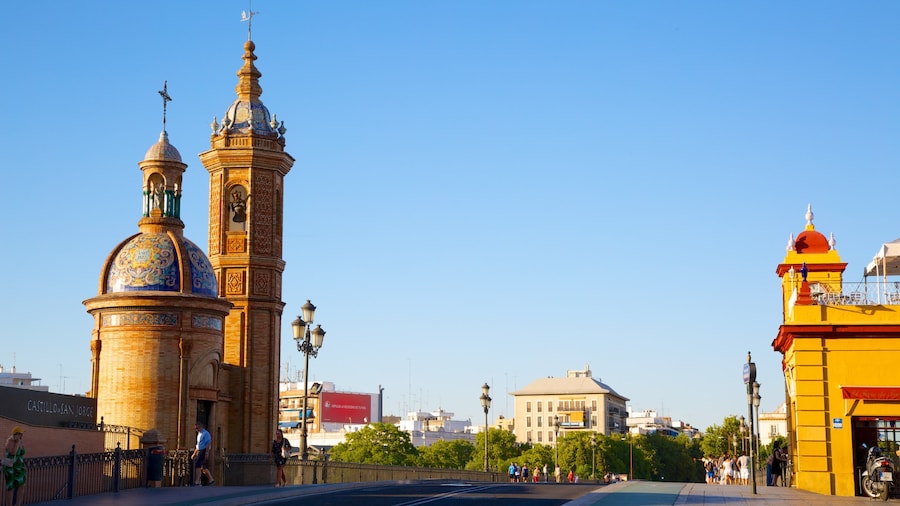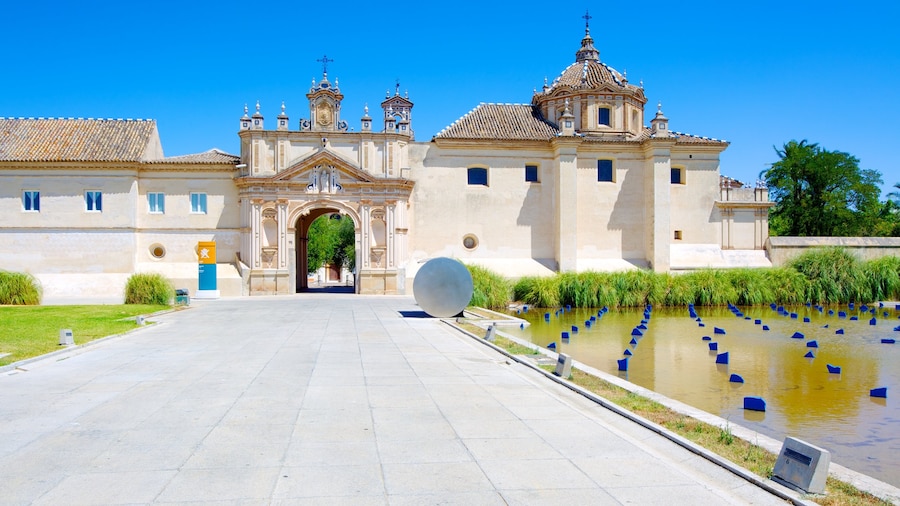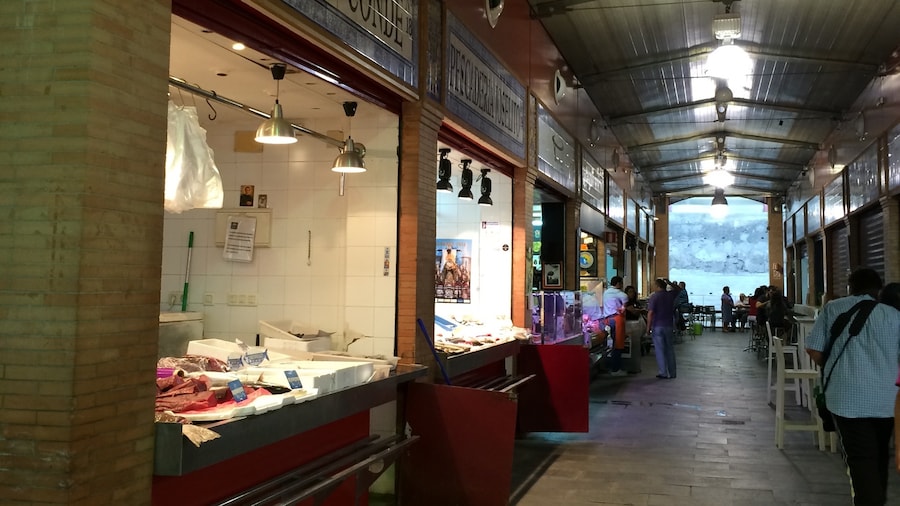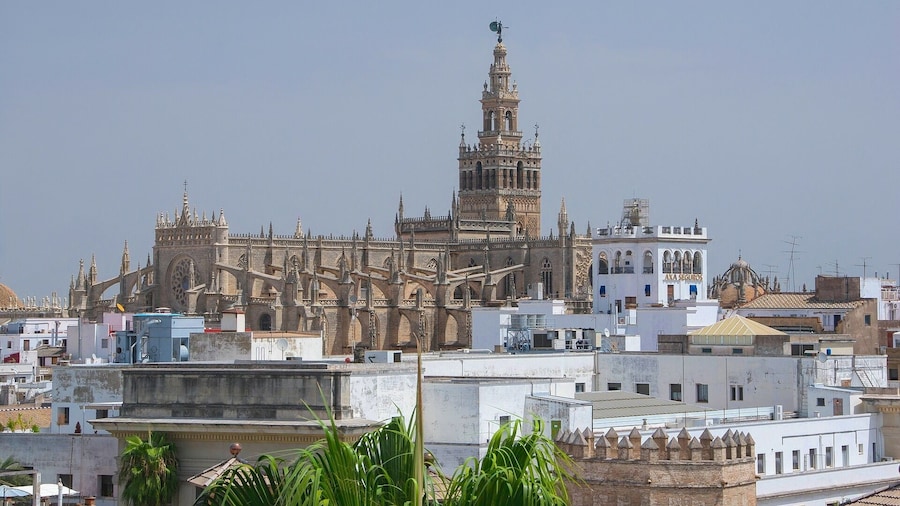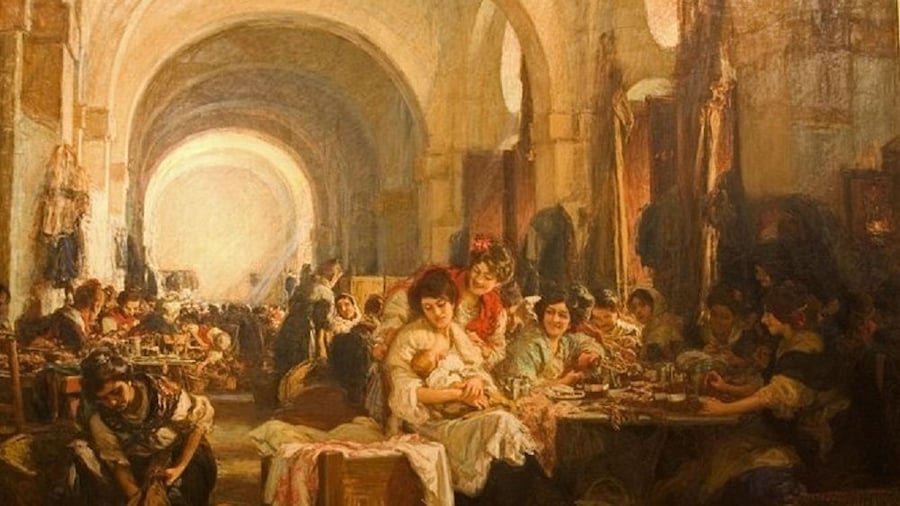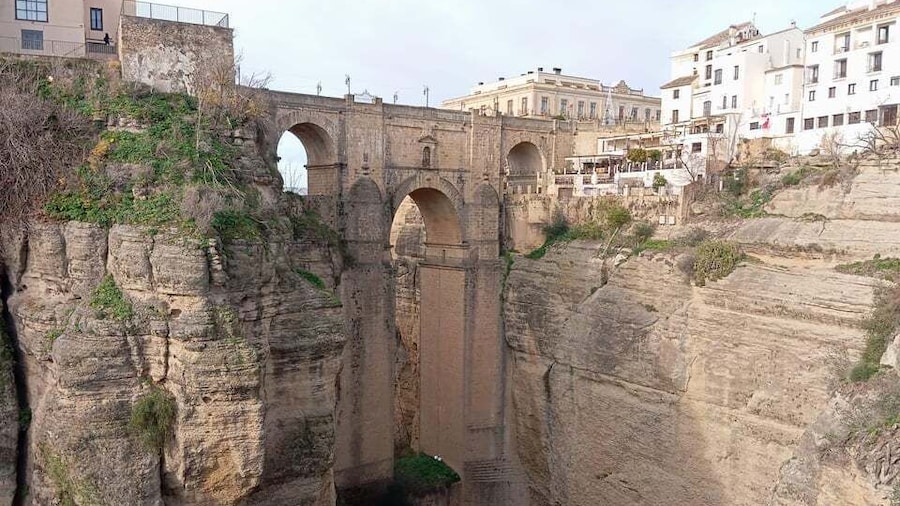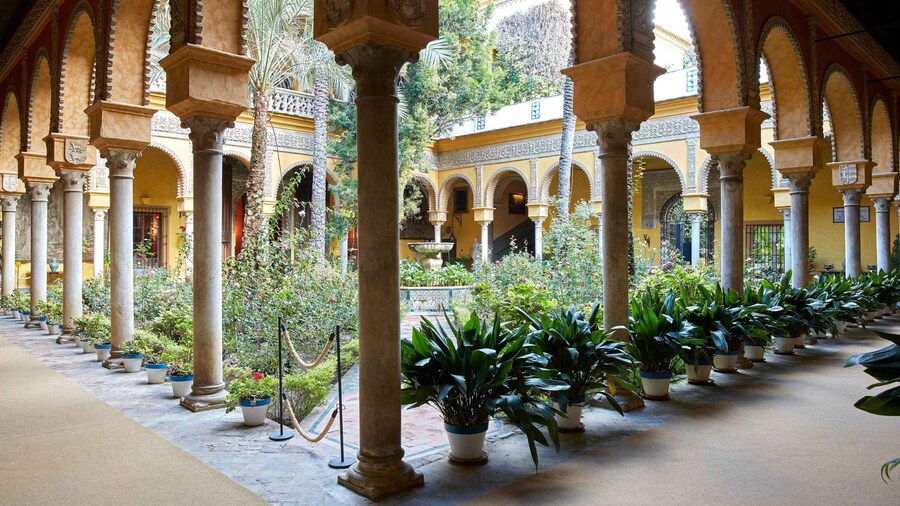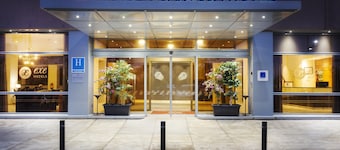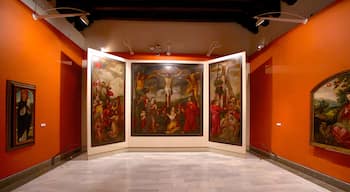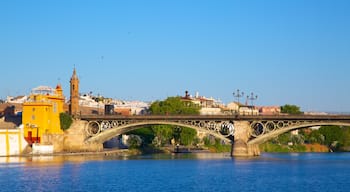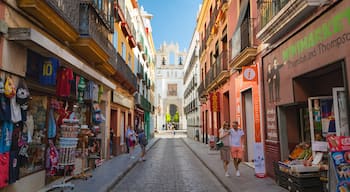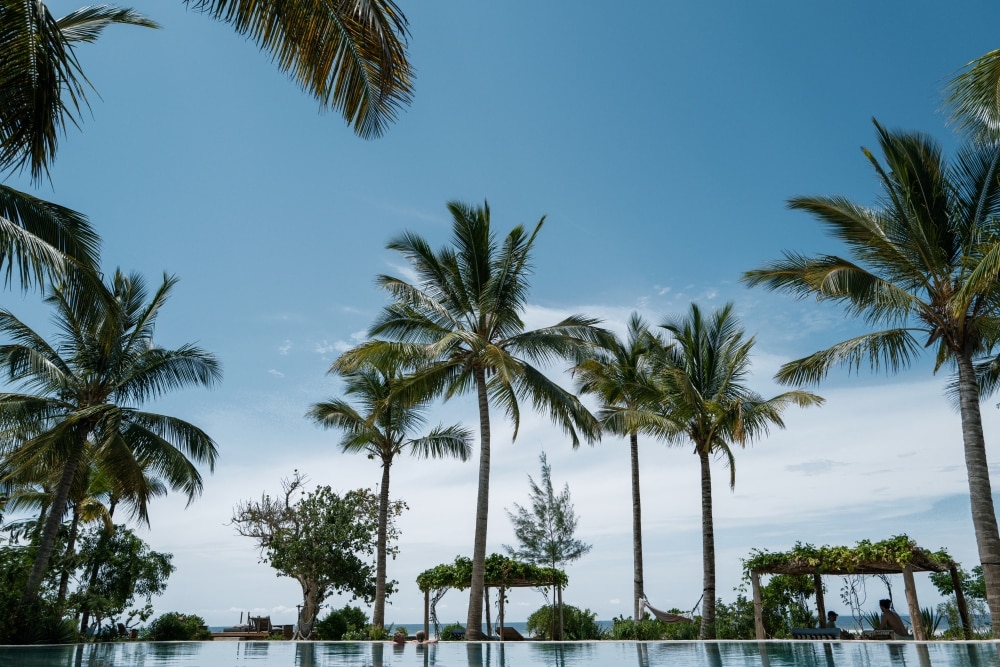เดินข้ามสะพานตริอานาที่ทอดข้ามแม่น้ำ Guadalquivir เพื่อมาสำรวจถนนสายแคบ ลานกลางแจ้ง โบสถ์ บาร์ทาปาส และร้านเซรามิกในย่านตริอานา ย่านเก่าแก่แห่งนี้ครั้งหนึ่งเคยเป็นศูนย์กลางของชุมชนยิปซี และเป็นบ้านเกิดของนักร้องและนักเต้นฟลาเมงโกชื่อดัง นักสู้วัวกระทิง และศิลปินฝีมือดีหลายคน
เมื่อก้าวลงจากสะพาน คุณจะเห็นตลาดตริอานาที่มีอายุเก่าแก่กว่า 150 ปี และมีผักผลไม้สดและอาหารท้องถิ่นมากมายให้เลือกซื้อ ห่างไปไม่ไกล คุณจะพบจัตุรัส Plaza del Altozano ที่มีอนุสาวรีย์ของนักร้องฟลาเมงโกชื่อดัง Pastora Pavón
ศึกษาประวัติศาสตร์ของตริอานาให้ละเอียดยิ่งขึ้น โดยไปเที่ยวชมอาคารเก่าแก่และอนุสาวรีย์ต่างๆ ไปยังจัตุรัส Plaza de la Virgen de la Milagrosa เพื่อชมรูปปั้นของโรดริโก เด ตริอานา ซึ่งเป็นชาวยุโรปคนแรกที่ได้เห็นทวีปอเมริกาหลังจากชาวไวกิ้ง
ชมงานศิลปะทางศาสนาที่ประดับประดาอยู่บนผนังของโบสถ์ซานตาอานาจากศตวรรษที่ 13 ซึ่งเป็นโบสถ์ที่เก่าแก่ที่สุดในเซบียา ตามประเพณีแล้ว หากเด็กคนไหนได้รับการประกอบพิธีศีลจุ่มที่นี่ เด็กคนนั้นจะได้รับพรแห่งฟลาเมงโกไปด้วย จากนั้นลองมองหาบ้านของชาวยิปซีที่ยังคงหลงเหลืออยู่ในบริเวณรอบๆ ลานกลางแจ้ง
ตริอานามีประวัติเซรามิกอันยาวนาน กระเบื้องส่วนใหญ่ที่ใช้ประดับโบสถ์และบ้านเรือนของเซบียาล้วนแต่ทำขึ้นที่นี่ทั้งนั้น เลือกซื้อหม้อ แจกัน และจานที่ร้าน Ceramicá Santa Ana ซึ่งตั้งอยู่ในโรงงานเซรามิกเก่า บริเวณหน้าบ้านที่ตกแต่งด้วยกระเบื้องสีสันสดใสถือเป็นสัญลักษณ์ที่โดดเด่นของตริอานา
ย่านนี้มีกิจกรรมมากมายในช่วงเย็นด้วยเช่นกัน ไฮไลท์จะอยู่ที่ Calle Betis ถนนริมน้ำที่เรียงรายไปด้วยบาร์ทาปาส ร้านอาหาร และคลับ รับประทานอาหารที่ระเบียงกลางแจ้ง และดื่มด่ำกับวิวของ Torre del Oro และสนามสู้วัวซึ่งตั้งอยู่อีกฝั่งของแม่น้ำ ชมการแสดงฟลาเมงโก หรือจะวาดลวดลายบนแดนซ์ฟลอร์ในคลับก็ได้
ตริอานาตั้งอยู่บนฝั่งตะวันตกของแม่น้ำ Guadalquivir วิธีที่ง่ายที่สุดในการเดินทางมายังย่านเก่าแก่แห่งนี้ คือ ข้ามสะพานตริอานา หรือที่เป็นที่รู้จักในชื่อสะพาน Puente Isabel II ไม่แนะนำให้ขับรถมายังตริอานา สถานที่น่าสนใจส่วนใหญ่ของย่านนี้สามารถเดินถึงกันได้อย่างสะดวก


